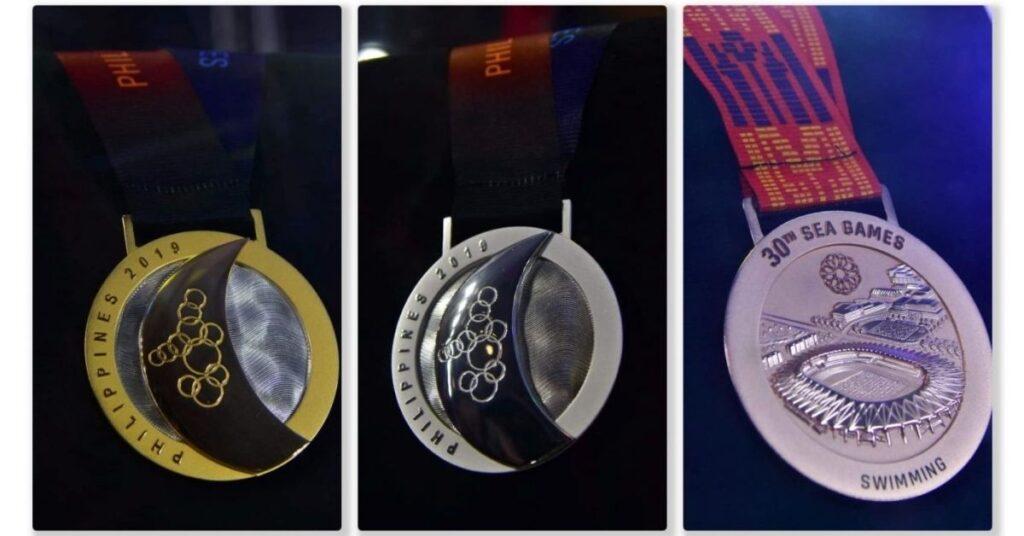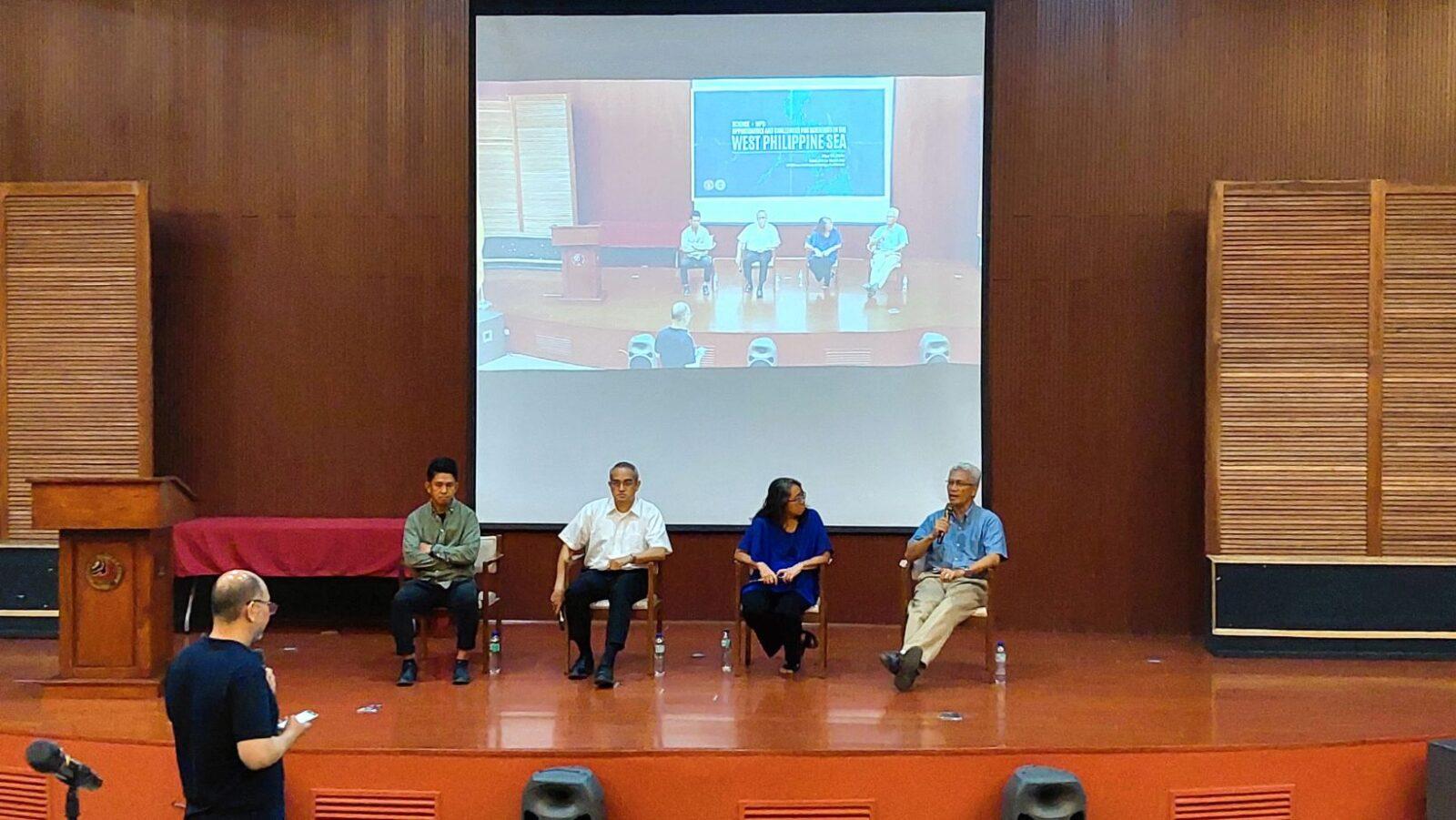
Consider the three metals used in medals for various competitions and academic awards, and look at where they’re located on the Periodic Table of Elements. You’re sure to notice something peculiar about bronze (an alloy of copper, or Cu), silver (Ag), and gold (Au)—specifically, how they’re arranged and what that says about them.
Elements on the Periodic Table are arranged from left to right and top to bottom in order of increasing atomic number, which means increasing atomic weight as well. Additionally, elements occupying the same column (or “group”) have identical valence electron configurations, meaning that they tend to have similar chemical properties. Copper, silver, and gold are all found in column 1B (Group 11), with atomic numbers of 29, 47 and 79, respectively. Among the three, copper is the lightest and the least rare, followed by silver one step down, and then gold, the rarest and heaviest, after another level.
(Interestingly, gold wasn’t always the top prize at these competitions—it used to be silver. The 1904 Olympics is perhaps the most famous, though not the first, example of gold medals being awarded as the top prize.)
Today’s Science History Milestone: On December 11, 1972, Apollo 17 became the sixth and final Apollo mission to land on the Moon.
Still remember your 5th-grade science classes? Test your knowledge and see if you still remember these facts and fundamental concepts in human anatomy, biology, botany, and other branches of science. Click here to try the “Are You Smarter Than A Pinoy Fifth-Grader” Challenge.
Follow the hashtag #FlipFacts on Facebook and Instagram to get your regular dose of science trivia!
References:
- https://www.columbiatribune.com/article/20140212/Lifestyle/302129830
- https://www.scienceabc.com/sports/where-did-the-idea-for-gold-silver-and-bronze-medals-come-from.html
- http://dl.clackamas.edu/ch104/lesson6arrangement.html
- https://www.livescience.com/25300-periodic-table.html
Author: Mikael Angelo Francisco
Bitten by the science writing bug, Mikael has years of writing and editorial experience under his belt. As the editor-in-chief of FlipScience, Mikael has sworn to help make science more fun and interesting for geeky readers and casual audiences alike.






